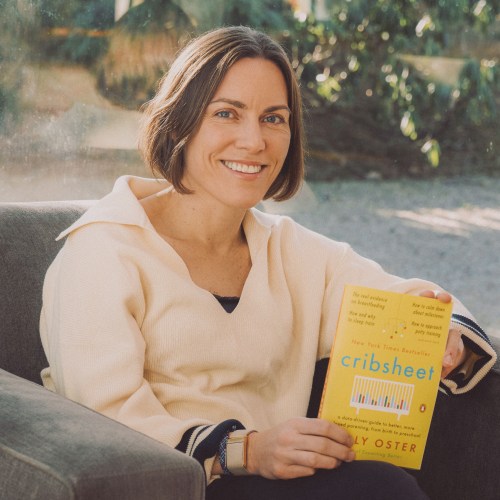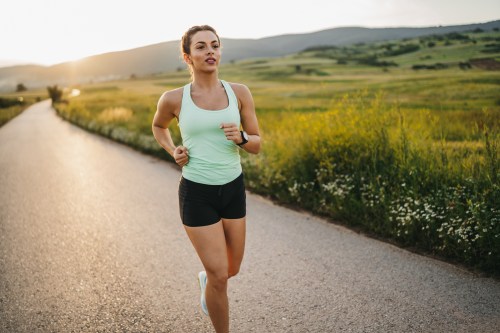Our editors independently select these products. Making a purchase through our links may earn Well+Good a commission
You could call Jessamyn Stanley one of the OGs of the body positivity movement. But there was a time when the yogi-slash-Instagram star was afraid of asanas—specifically the at-home kind. In an excerpt from her new book, Every Body Yoga, she describes the daunting (but ultimately joyful) process of learning to do it on her own—and how that led to a career teaching yogis everywhere how to be strong, on and off the mat.
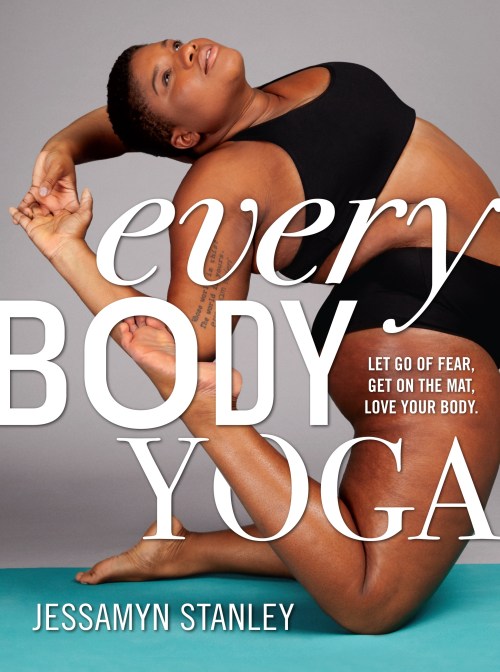
I was scared as hell to practice yoga at home. I’d literally never practiced outside of a studio before. I mean, there was no one there to tell me if what I was doing was right..wasn’t that required? Bikram classes had led me to believe an instructor’s presence was absolutely necessary in order to practice. But I told myself that as long as I was practicing poses with which I already had a passing familiarity, I could practice safely in my living room.
(Side note: I will never understand why everyone walks into yoga class with a chronic fear of practicing the poses incorrectly. It’s like one wrong step will kill you. I mean, we will ride in airplanes, or eat food that’s essentially rat poison, and no one bats an eye. But suggest that a novice yoga practitioner tackle a foundational asana on their own without an alignment-focused instructor’s eye, and it’s like you’ve suggested self-mutilation.)
I couldn’t have anticipated that I would fall madly in love with the simple pleasure of practicing yoga at home. I mean, it would be impossible for me to tell you how happy I felt when I started practicing yoga all by my lonesome. It was one of the most freeing things I’ve ever done in my life. Everything about the way I was practicing yoga felt unorthodox, and it was exciting. For the first time, I was free to wear whatever I wanted, hold poses as long as I wanted, and break a lot of rules.
It would be impossible for me to tell you how happy I felt when I started practicing yoga all by my lonesome. It was one of the most freeing things I’ve ever done in my life.
Up until that point, I’d never tried to practice yoga without staring at the other people in the room. I’d always used my fellow students as the barometer for what I should be doing, but without other people present, I felt infinitely more comfortable. I felt free to fall down, because there was no one there to see me when I hit the ground. So I started allowing myself to fall without judgment.
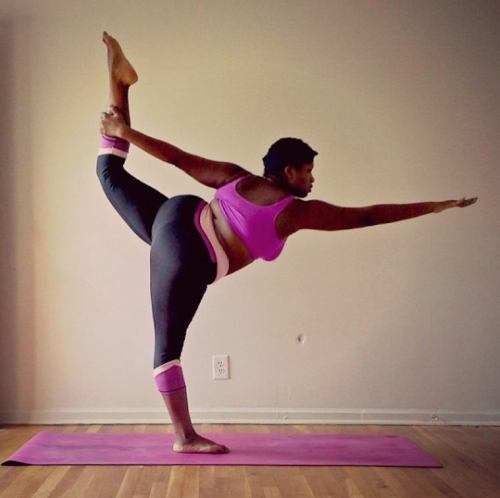
That process allowed me the freedom to try out poses from the Bikram sequence that I’d been too self-conscious to really try out in a class full of people. All of a sudden, poses like dancer pose, which had been almost completely out of my reach in the past, were finally feeling accessible.
There were still times when I wasn’t quite sure if I was practicing the poses correctly. I’d fret over my foot placement or hip alignment, and I wasn’t sure what to do about it. Like any self-respecting millennial, I took to the internet to find answers to my alignment questions. I remember being mesmerized by the resources available to me after 0.125 seconds on Google. My knowledge of asana was very limited by Bikram’s meager 26 postures, and I found myself falling like Alice into a yogic wonderland.
While I enjoyed the polished, professional video yoga tutorials, I quickly found that the best yoga resources were in amateur-level still photography on a fledgling app called Instagram. At the time, Instagram was still a pretty niche social media app. I’d been using it for about a year, but it hadn’t been around much longer than that, and it seemed to only really have traction with millennials in my age range.
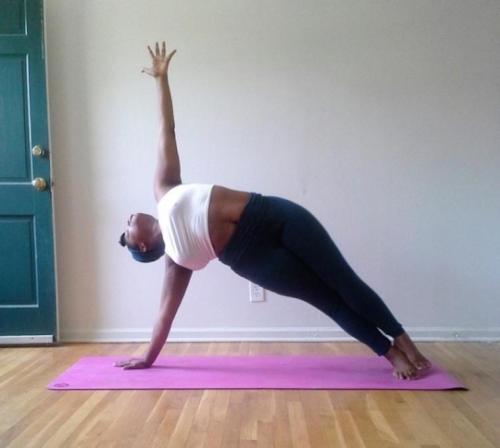
I was surprised to find a community of yoga people on Instagram, and I was seriously impressed by all the poses they could pull off that I’d never seen before. The most helpful pictures were selfies from regular hobbyist yoga practitioners like myself who were looking for feedback on their progress. There were even Instagram yoga challenges where people practiced a series of poses over the course of the month and posted a photo every day.
Initially, I just stared at the poses in wonder. I wasn’t in any rush to photograph my own progress. I didn’t feel confident enough in my ability to think my poses were worthy of being photographed, and my apprehension over practicing yoga in front of mirrors definitely extended to cameras as well. Eventually, I began researching the preparatory postures recommended for some of the more advanced poses I wanted to try. I spent a considerable amount of time perusing Yoga Journal ’s print and online editions, learning about new poses, and when the time was right, I just started gradually working some of those preparatory postures into my little homegrown Bikram-esque sequence.
This all happened at home, alone, in a little corner of a 750-square-foot apartment that I shared with my ex-girlfriend, a rambunctious pit-mix, and my grouchy orange tabby cat.
Over time, my understanding of flow yoga grew to the point where I felt comfortable challenging myself well out of comfort zones I’d predetermined long ago. I found myself practicing poses that became progressively more difficult than anything I’d tried in the past. I finally became confident enough to post my own pictures.
This all happened at home, alone, in a little corner of a 750-square-foot apartment that I shared with my ex-girlfriend, a rambunctious pit-mix, and my grouchy orange tabby cat. It was a type of self-examination I’d never undertaken and that completely changed the way I viewed myself. I was finally on my way to the goal drilled into every Bikram student—becoming my own true teacher.

Without my home yoga practice, I would never have started photographing my asana practice. I probably wouldn’t have ever started teaching yoga. My home practice really did energize my spirit, and offered me a profoundly different outlook on life that wouldn’t have been possible otherwise.
A simple infusion of new energy and activity in your life can make an incredible impact on the condition of your spirit. The yogic equivalent of an energy booster is a backbend—they rip open your central nervous system and send energy coursing through your body. It’s natural to feel like you’ve “seen stars” when you’re practicing backbends. Take time to absorb each backbend pose after you’ve practiced it—absorption and contemplation are just as important (if not more important) than physical action.
Reprinted from Every Body Yoga: Let Go of Fear, Get on the Mat, Love Your Body by Jessamyn Stanley. Copyright©2017 by Jessamyn Stanley. Published by Workman Publishing Company.
To upgrade your asana game, this is how to turn your yoga practice into a cardio workout. And these are the 5 poses you’re probably doing wrong (and how to fix them).
Sign Up for Our Daily Newsletter
Get all the latest in wellness, trends, food, fitness, beauty, and more delivered right to your inbox.
Got it, you've been added to our email list.




